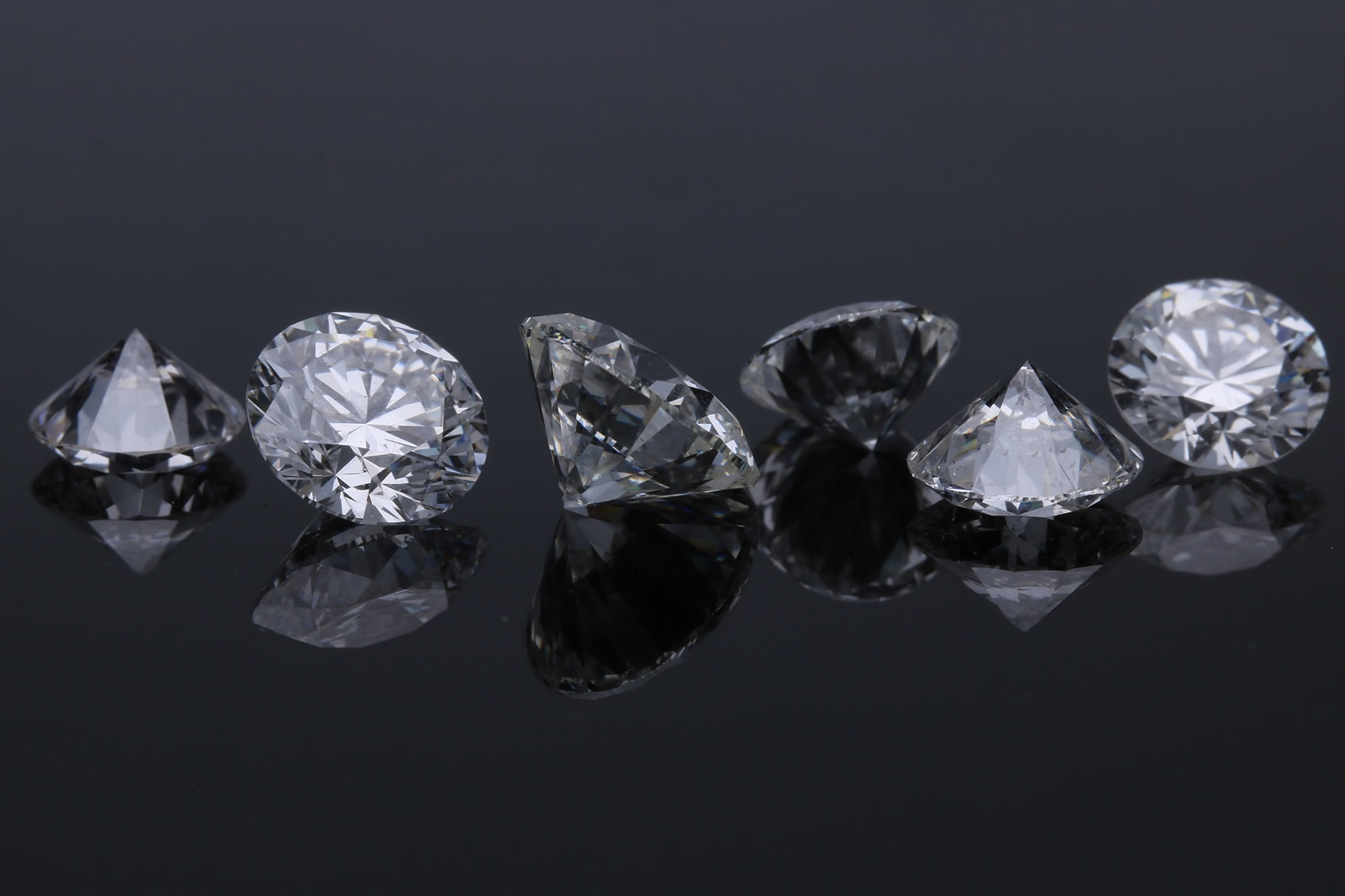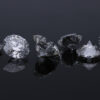Natural Diamonds: The Only Option
The rise in prominence of lab-grown diamonds in recent years has been one of the most seismic advancements in gemological technology of the last thirty years, as technology has advanced enormously, making the availability of man-made diamonds far greater.
A lot of the discourse surrounding the recent development and marketing of synthetic diamonds has focused on the environmental, economic and ethical benefits of choosing lab-grown over natural diamonds, however a lot of the supposed advantages of synthetic diamonds are actually based on rather flimsy arguments. In several of these cases, the argument in fact supports choosing natural diamonds. This blog will focus on why the traditional method is the best, showing why natural diamonds are the only option when purchasing jewellery.
The Environment
One of the most frequently cited arguments in favour of synthetic diamonds is the environmental advantages, with the reasoning that the process of producing lab-grown stones does not disturb any land surfaces and that there is no mineral waste in the synthesis of the artificial diamonds. While both of these statements are true, they don’t paint the full picture in terms of the environmental impact of lab-grown diamond production.
Although lab-grown diamonds do not produce mineral waste, this doesn’t mean that the process to create them doesn’t harm the environment to a significant degree. The energy that goes into ‘fast-tracking’ a process that would typically take hundreds of millions of years (carbon becoming a diamond naturally), into a timescale closer to a couple of weeks requires an enormous amount of energy.
Carbon turns into diamond under intense heat and pressure, which usually occurs deep underground over hundreds of millions of years. With lab-grown diamonds, this process is condensed into a duration of a couple of weeks, which requires an incredible amount of power, in order to replicate the process that diamonds are produced naturally. Ultimately, lab-grown diamonds are not environmentally friendly and so the argument that it is the more sustainable option is flawed.
Fingerprints, Snowflakes, Diamonds
It is an irrefutable fact that diamonds and romantic gestures are inextricably linked. Giving that special someone in your life a diamond is a special moment and represents the love shared between two people with the stone representing the everlasting love shared between one another. Whether it is a birthday, an anniversary or a proposal, every occasion where someone gives a diamond to another it is an expression of love that is unique from any other.
If you plan on giving a loved one a diamond as a symbol of affection, then it is surely better to give them something that is unique, and not something that has been mass-produced and is just one of thousands of identically manufactured stones. Natural diamonds (like fingerprints and snowlflakes) are completely one-of-a-kind, meaning that no one else in the world has a diamond like yours. A natural diamond is distinct in its uniqueness, which makes it so much more special than simply selecting one of thousands of identical stones that didn’t exist a month earlier.
The Ethical Choice?
One of the most widely cited advantages of lab-grown stones is that they are entirely conflict-free in terms of their production line. Their argument is that diamond miners are never harmed or exploited in the process of creating lab-grown diamonds, and that the process of mining natural diamonds is fraught with danger and conflict for the workers. Unfortunately, the diamond mining industry does include instances whereby workers are exploited and not looked after properly by the organisation that hires them. However, as members of the London Diamond Bourse and National Association of Jewellers, we have built up a wonderful long-standing relationship with one of the most reputable diamond suppliers within the industry.
Therefore, all of the diamonds that we sell have been guaranteed to be entirely conflict-free as in accordance with the Kimberley Process. The Kimberley Process is an international trade agreement that ensures that the diamonds sold are entirely conflict-free and as such the scheme has stemmed 99.8% of the global production of conflict diamonds. Whilst it is completely understandable for people to have concerns about the circumstances surrounding where their diamonds have come from, if you purchase jewellery from us we can guarantee that it has been ethically sourced.
Money, Money, Money
Arguably the biggest draw towards lab-grown diamonds is price as these stones typically cost somewhere between 20-40% less than natural diamonds. This is largely due to the significantly shorter supply chain compared with natural diamonds. While the prospect of paying less for your diamond now is a tempting proposition, in the long term it is not necessarily the best idea.
In the grand scheme of things lab-grown diamonds are very new to the jewellery trade, which means that their long-term value is currently unknown. As the popularity and market share of lab-grown diamonds starts to rise, so do the advancements in technology, which will likely result in a slump in the value of lab-grown stones.
Compare this with natural diamonds, which have steadily held (and increased) their value for as long as they have been deemed a precious stone. Natural diamonds are seen as one of the safest investments in terms of steady increase in value, whereas due to their relatively new appearance on the diamond market, it is currently unknown what their resale value will be in the coming years. Likewise, natural diamonds have a large second-hand market whereas there is currently no such place for those that are lab-grown.
All in All…
When considering all the factors, the proposed advantages of lab-grown diamonds are ultimately flawed, as the supposed environmental and economic benefits of these stones fail to mention the damage to the environment caused by the production process, as well as the long-term depreciation of investment that is prevalent when choosing lab-grown diamonds.
In terms of purchasing precious stones, for thousands of years natural diamonds have been the only option and with the uncertainty surrounding lab-grown diamonds, it looks as if it will remain this way.



